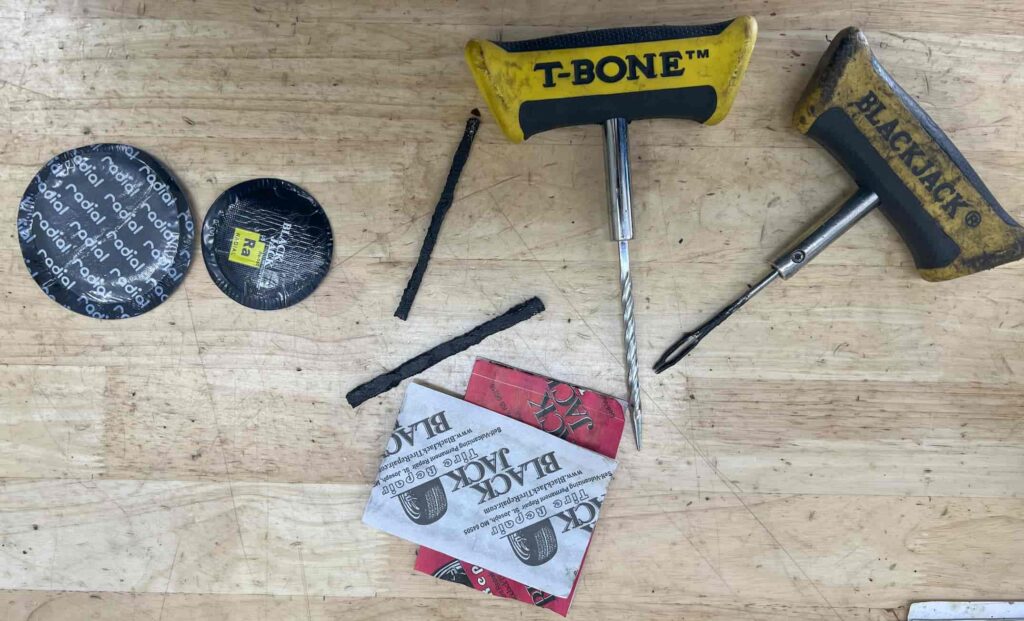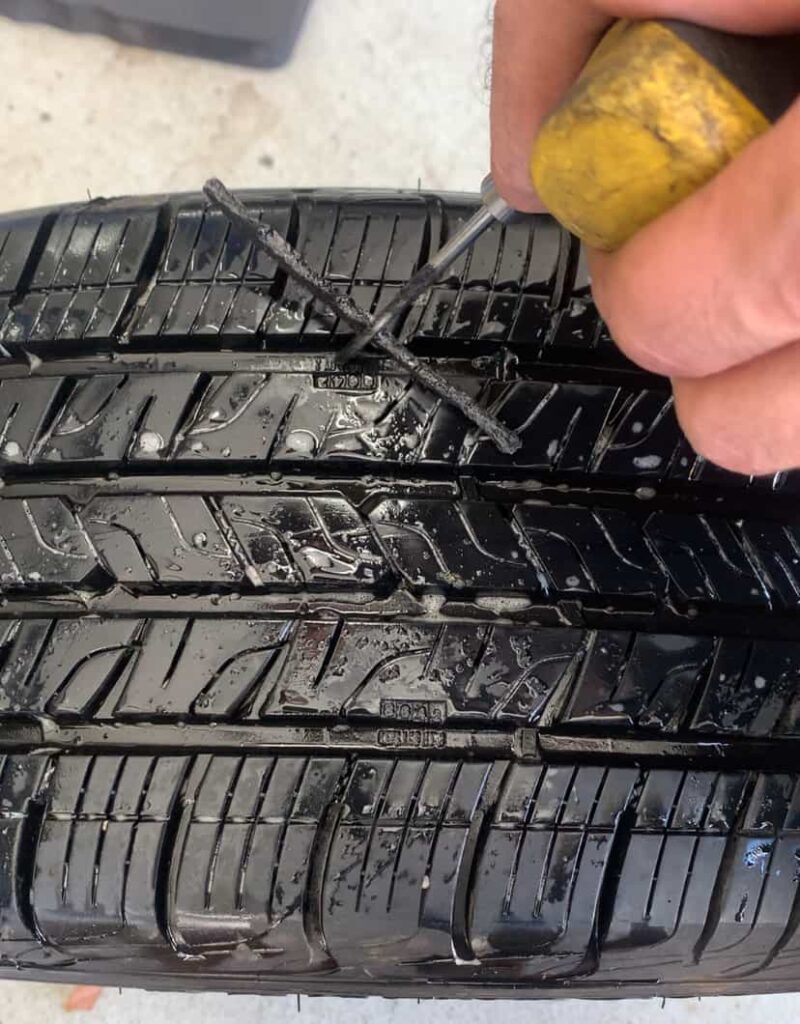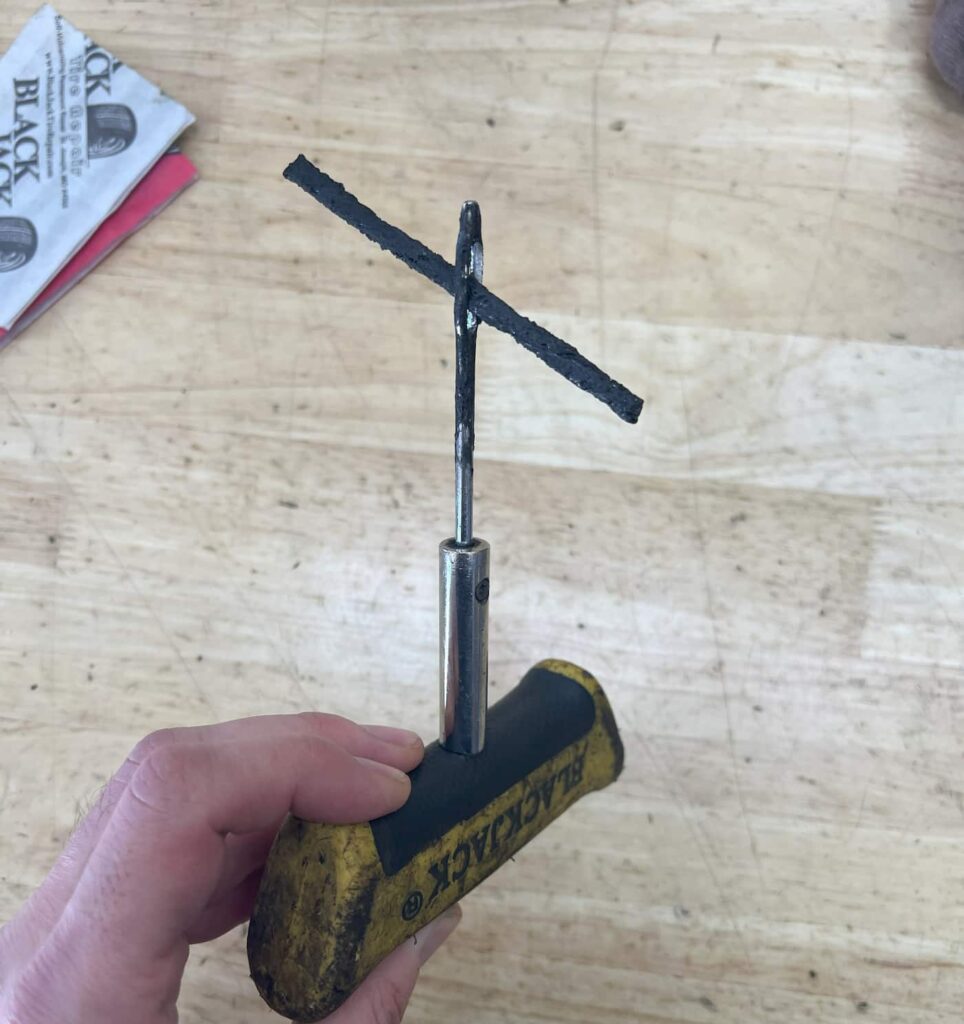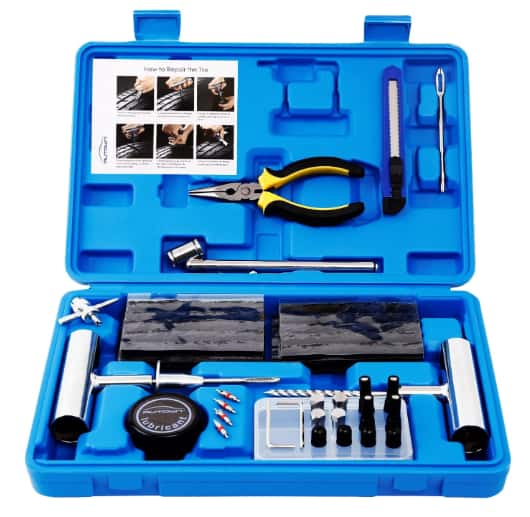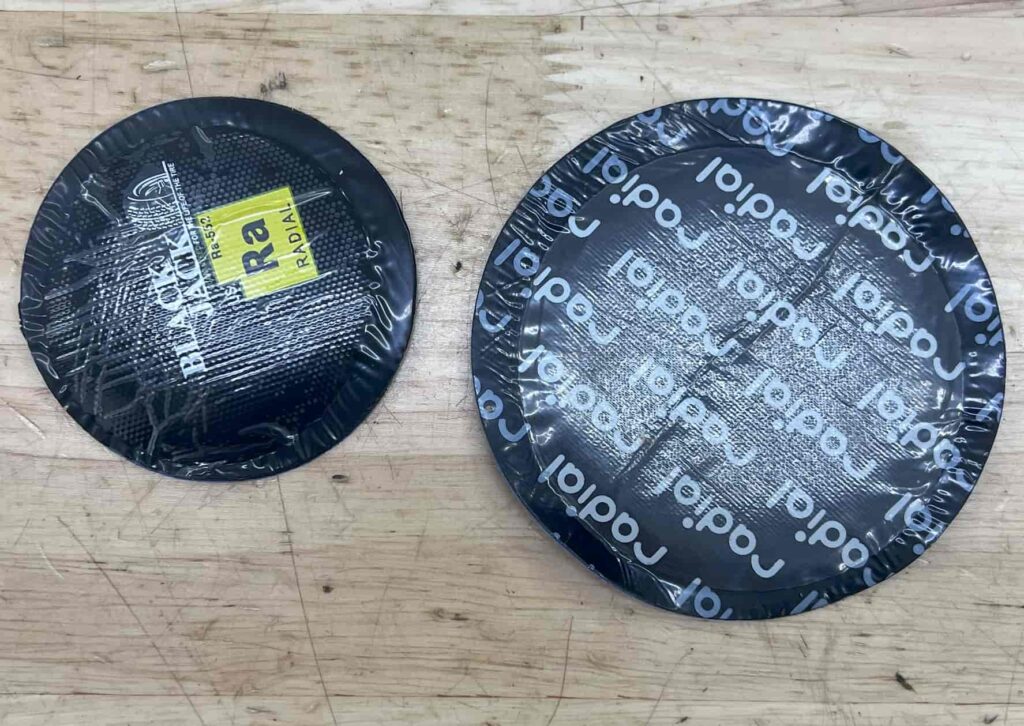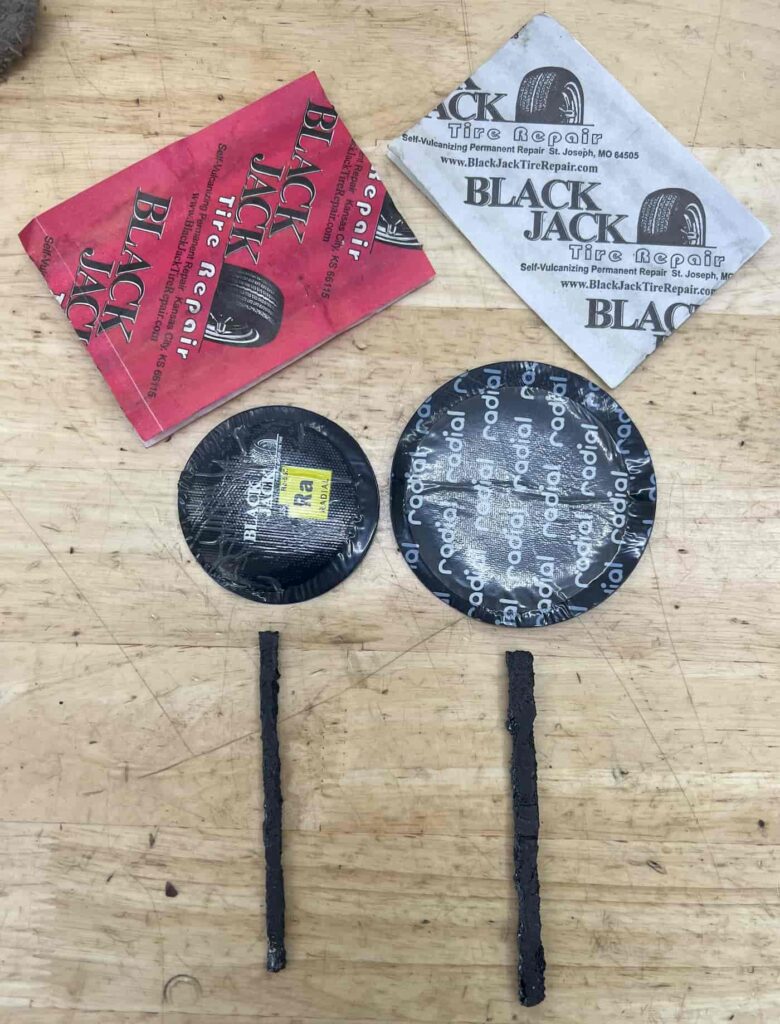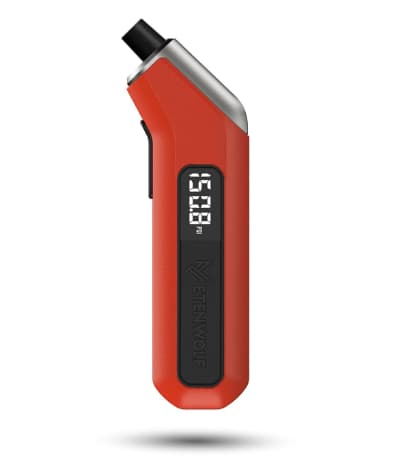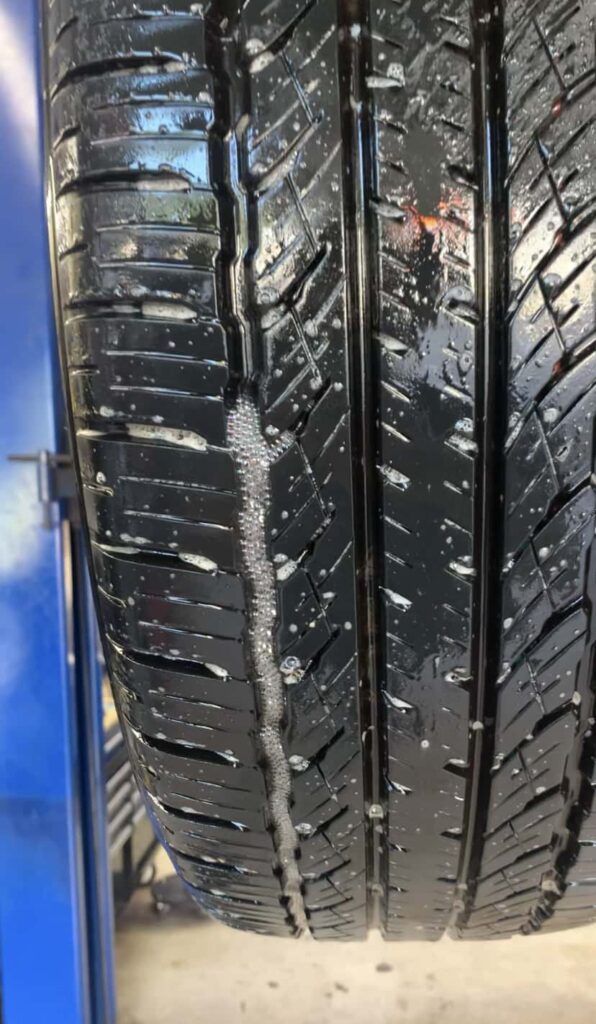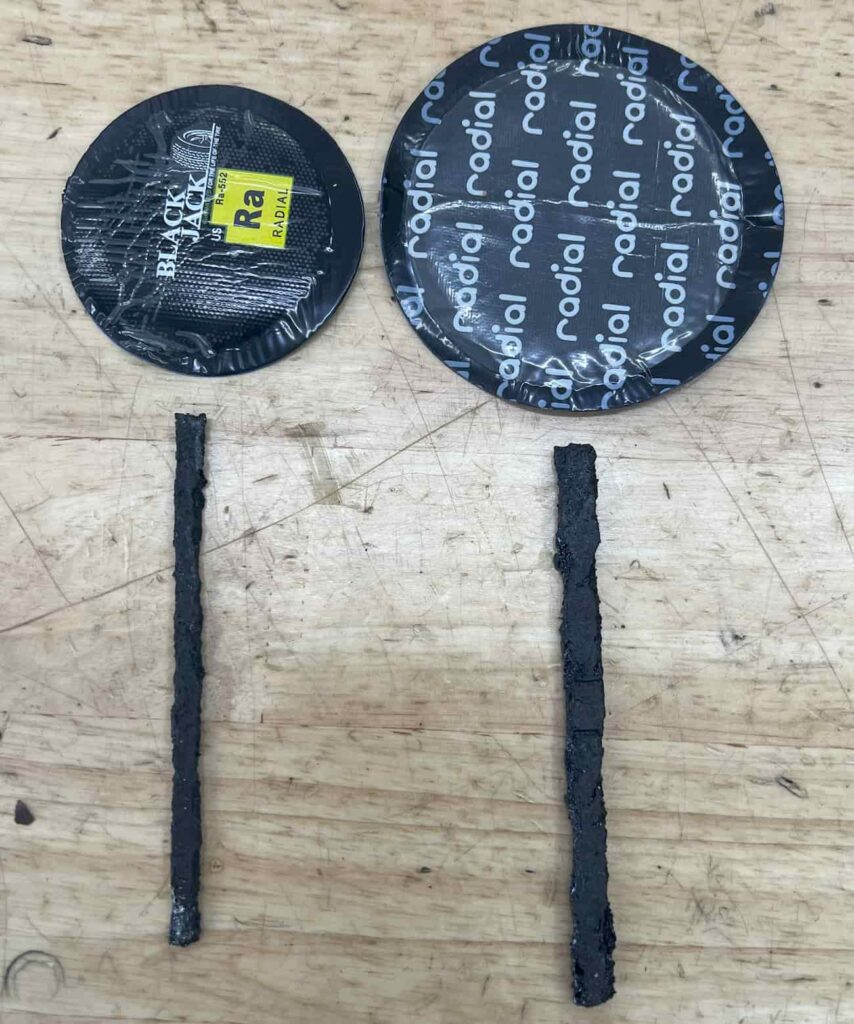Introduction to Tire Repair
When it comes to repairing a flat tire, motorists are faced with a crucial decision: should they opt for a tire plug or a tire patch? This choice is not merely about preference but involves considerations of safety, effectiveness, and longevity of the repair. The debate between tire plugs and tire patches has been ongoing, with each method having its proponents and detractors when repairing a punctured tire.
What is a Tire Plug?
A tire plug is a repair method used to fix punctures in the tread area of a tire without removing the tire from the wheel. Made from a strip of rubber coated with an adhesive compound, tire plugs are designed to be inserted into the puncture hole, creating a seal that prevents air from escaping. This method is favored for its simplicity and the speed with which repairs can be executed, making it a popular choice for quick fixes on the go.
How Tire Plugs Work
The process of installing a tire plug involves locating the puncture and thoroughly cleaning the area. A specialized tool, often referred to as a reamer tool, is used to enlarge the hole slightly, ensuring the plug can fit snugly. The plug is then inserted into the hole with another tool, usually a plug insertion tool, leaving a portion of the material on the outside of the tire. This external part is trimmed down, and the adhesive is allowed to cure, effectively sealing the puncture.
Advantages of Tire Plugs
Quick and Convenient: Tire plugs can be installed in minutes, offering a fast solution to get you back on the road.
Cost-Effective: This method is significantly less expensive than other types of tire repairs, such as a patch or full replacements.
Efficiency: Tire plugs work well for small to medium-sized punctures, especially those caused by a sharp object like a nail or screw.
Limitations of Tire Plugs
Temporary Solution: While tire plugs can last a long time, they are generally considered a temporary fix compared to more comprehensive repair methods.
Not Suitable for All Damages: Plugs are ineffective for large punctures or damage to the tire’s sidewall.
Safety Concerns: Some safety experts recommend following up a plug repair with a more permanent solution, such as a patch, to ensure the tire’s integrity.
Plugging a tire is a viable solution for drivers needing a quick fix for tire tread punctures. However, it’s essential to assess the damage and consider the vehicle’s intended use post-repair to determine if a tire plug is the most appropriate repair method.
Mechanic Note: I have been plugging tires to fix flat tires for the past 10 years and as long as they are installed correctly and in the right situations, they last the life of the tire.
What is a Tire Patch?
Tire patches represent a more permanent fix compared to tire plugs for repairing punctures in a tire. Unlike plugs, which are inserted directly into the puncture from the outside, patches are applied from the inside of the tire, requiring its removal from the wheel. This method is considered more reliable and safer for long-term use, especially for larger or more complex punctures.
How Tire Patches Work
The process of applying a tire patch involves several steps. First, the tire must be removed from the rim to access the damaged area from the inside. The puncture is then cleaned and prepared with a special solution to ensure the patch adheres to the rubber properly. The patch is applied to the inner liner of the tire, sealing the hole both internally and externally. Rubber cement is then applied over the patch. The tire is then reinstalled on the rim, inflated, and tested for leaks.
Benefits of Tire Patches
Durability: Tire patches offer a more durable repair compared to plugs, making them suitable for long-term use.
Versatility: This method can repair various types of punctures, including those in the tread and near the shoulder area. Still cannot be used on the sidewall.
Safety: By sealing the puncture from the inside, patches restore the tire’s original strength and integrity, ensuring safer driving.
Limitations of Tire Patches
Complexity: The patching process is more complex and time-consuming since it requires removing the tire from the wheel.
Equipment: Specialized tools and equipment are necessary, making it difficult for a DIY repair. A tire removal tool is required.
Cost: Due to the labor and materials involved, patching a tire can be more expensive than using a plug.
Despite these limitations, tire patches are often recommended by professionals for a permanent repair, especially in cases where the tire’s structural integrity needs to be fully restored. Understanding when to use a tire patch over a plug is crucial for maintaining the safety and performance of your vehicle.
How Are Tire Plugs and Patches Used in Tire Repair Today?
In the current automotive repair landscape, both tire plugs and patches play critical roles, each catering to specific types of tire damage and repair scenarios. The choice between using a tire plug or a patch largely depends on the nature of the puncture, the tire’s condition, and the driver’s needs for safety and durability.
A tire plug patch also exists by combining the best of both worlds (the tire still has to be removed from the wheel). Understanding the modern application of these repair methods is key to making informed decisions about tire maintenance.
Professional Standards and Recommendations
When addressing a flat tire, automotive experts generally adhere to the practices recommended by the Rubber Manufacturers Association (RMA) and the Tire Industry Association (TIA) in choosing between a tire plug vs patch.
According to these guidelines, repairs on the tread area of a tire should preserve the tire’s integrity, often resulting in a preference for patches or a hybrid approach referred to as tire plug patch units for a comprehensive repair.
DIY Repairs Vs. Professional Services
While tire plugs continue to be popular for quick DIY repairs, especially for minor punctures that occur in the tread area, tire patches are generally considered a more permanent solution and usually require professional installation. This is because patching a tire involves removing the tire from the rim to access the inner liner, a process that requires specialized tools and expertise.
Safety and Durability Considerations
Safety is a paramount concern when repairing tires. Tire plugs, when correctly installed, can safely last for thousands of miles if not the entire life of the tire. Patches on the other hand offer a repair that is closer to the tire’s original condition, making them more suitable for larger punctures (bigger than a quarter inch).
Tire Plug Vs. Tire Patch
The debate between tire plug vs tire patch efficacy is nuanced, with each method offering distinct advantages based on the tire’s damage, the vehicle’s use, and safety considerations. To choose wisely, it’s essential to comprehend their differences and the contexts in which they excel.
Effectiveness in Repair
Tire Plugs: Best for quick fixes of small to medium punctures in the tread area. They’re ideal for drivers in need of an immediate solution to continue their journey.
Tire Patches: Offer a more comprehensive and permanent fix by addressing the damage from the tire’s interior, restoring its integrity. They are recommended for larger punctures or those close to the tire’s sidewall
Durability and Safety
Tire Plugs: While some consider them a temporary fix, a high-quality tire plug can last for the tire’s lifespan if applied correctly into the punctured tire.
Tire Patches: Provide a repair that is permanent, reinforcing the tire’s structure and ensuring safety and reliability, especially at high speeds.
Cost and Time Considerations
Tire Plugs: More cost-effective and faster to apply, making them a popular choice for emergency repairs or when immediate professional services are unavailable.
Tire Patches: Require more time, a tire removal tool, and expertise to install, translating to higher repair costs. However, the investment is justified by the repair’s longevity and safety.
What is the Most Effective Way to Repair a Flat Tire?
The effectiveness of a tire repair method depends on the tire damage, the tire’s condition, and the vehicle’s intended use. Here are factors to consider when choosing between a tire plug and a tire patch:
Puncture Location and Size: Tire plugs are sufficient for small tread punctures. In contrast, tire patches are necessary for larger punctures or damages near the tire’s edge, where structural integrity is crucial.
Long-Term Use: For a long-lasting repair that maintains the tire’s performance and safety, a tire patch is preferable.
Cost vs. Safety: While cost is an important consideration, safety should never be compromised. A tire patch, though more expensive, offers peace of mind, especially for tires that undergo significant stress or high-speed conditions.
In conclusion, the most effective way to repair a flat tire hinges on a careful assessment of the puncture and an understanding of each repair method’s implications. I have personally plugged thousands of tires and stand by their effectiveness. I believe that tire patches should be used whenever a tire plug does not fit the criteria of a safe repair. After any kind of tire repair is completed, always check and double check the tire for a leak using soapy water.
About the Author
STEFAN A.
Professional Automotive Technician – I am currently an automotive technician in New Jersey and have worked in private shops as well as dealerships. When I am not writing articles I am wrenching on race cars and driving radio controlled cars at the track!
Please note that this blog post contains Amazon affiliate links. This means that if you make a purchase through one of these links, we at TPMSRESET.COM may earn a small commission at no extra cost to you. We only recommend products that we personally use and believe in. Thank you for supporting us.
